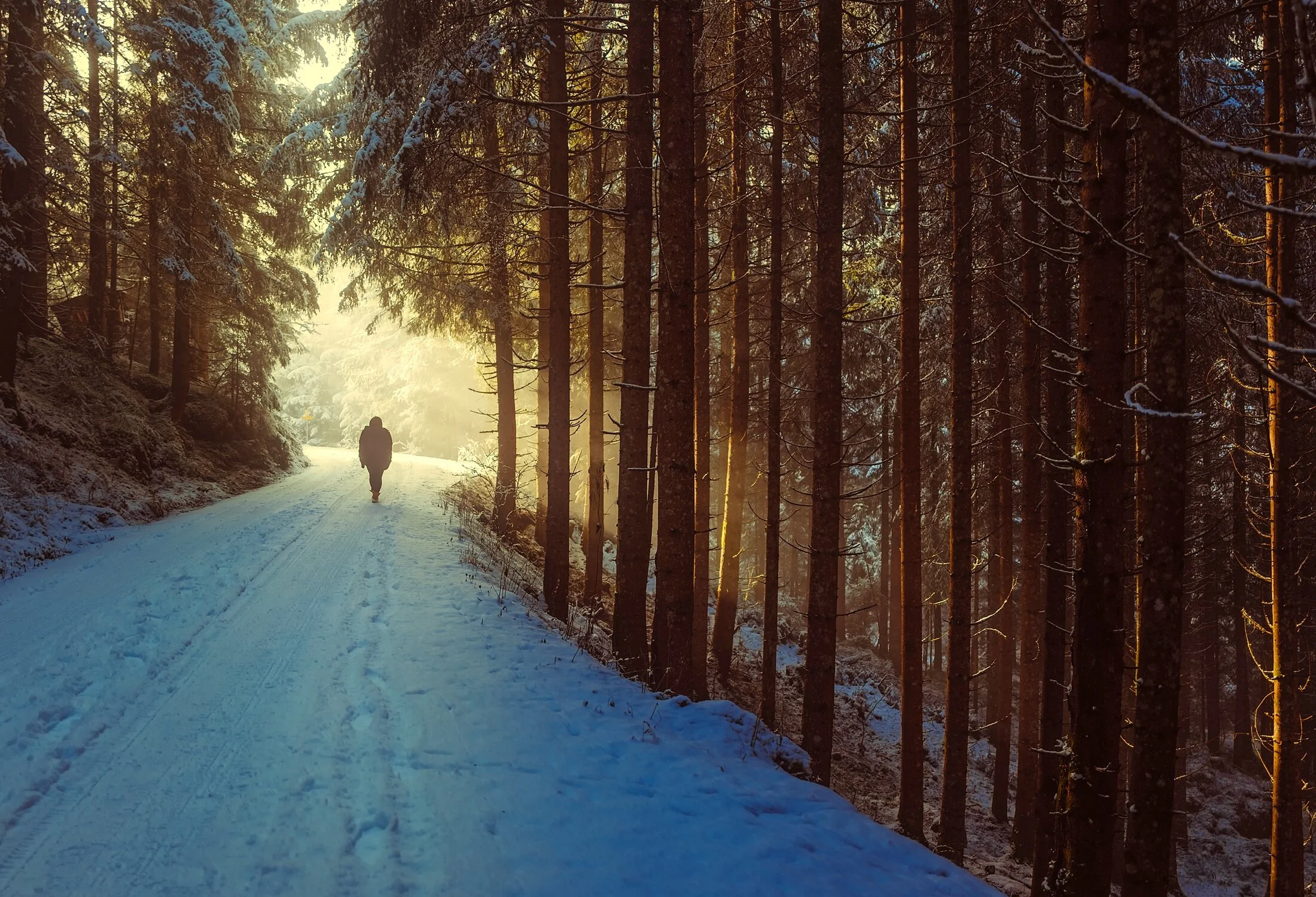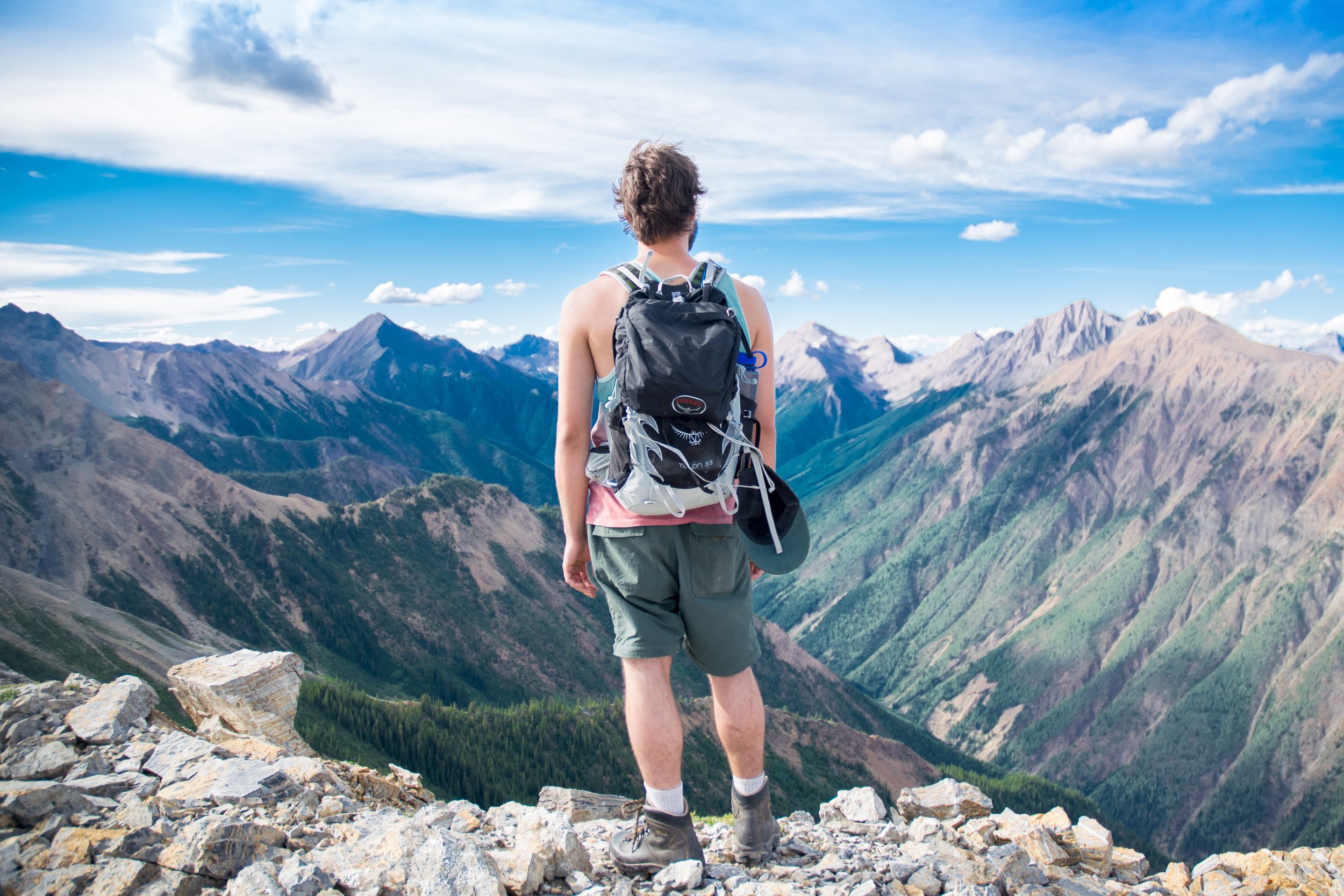How to maximize your endurance on a through hike: pace control and rest frequency
Let me tell you about my first through hike. Me and my SO were happy to be on the trail, walking past new people stopping to hear their story and make a new trail friend, but mostly walking past new people. We were walking fast and hard, proud that we were such well trained through hikers, content to be on the trail. We would later find out that we were the most naive on the trail.
Half way through our first day we started to feel the burn in our legs. With a quarter of the hike left, we were crawling. One of our trail friends, one of the hikers that we passed early, managed to catch up to us and ask if we had any blisters, to make sense of our weird slow walk we adopted so late into the day.
Waking up the next day we realized this hike was going to be torturous. We could barely move our legs. Our gait evolved into some sort of crab walk with every step a painful and slow descent to our next town. My partner couldn't even straighten her legs.
We did many things wrong, but where we didn't go wrong is in our gear. Backpacks were of high quality with comfortable waist straps, packed out and worn correctly. Our footwear was top of the line, broken in, and was paired with high quality double layered hiking socks. No blisters the whole hike.
The thing that caused us to almost not complete the section hike and pain for weeks after was, simply put, our pace. Like I said before, we were going fast and hard. We did not stop except to eat. We wanted to see everything and get to town early. This was almost our downfall and can be anybody else's which is why this article essentially wrote itself.
Preparation before the hike
When going on your hike it is important to make your miles/kilometers everyday so that you can complete your hike in your allotted timeframe, but it is also important to be able to complete your through hike, therefore, exhausting yourself early on can be ones downfall. Exhaustion or injury is the top reason people do not complete their through hike.
When on the trail you should go at a slow pace with plenty of rest times. In the summer make sure you start your hike early to be able to walk when the weather is bearable and get to town early. In winter it helps to hike closer to midday.
Additionally, you should check your gear, keep your pack weight down, stay hydrated, and stay fueled. We have covered all this in other articles so I'm not going into detail. See links.
Starting your hike
The way I start my hike is by starting off very slow for the first 10 minutes, this is my warmup pace. Pick a speed below an easy pace.
The next 15 minutes I pick up the pace but am still going quite slow. Think of of any easy pace that you can maintain for long periods of time without an fatigue or pain anywhere. This is the pace you will maintain the whole hike.
After those first 25 minutes I take a 5 minute break. This is the first 30 minutes of my hike.
I think this is a great way to start your day and should be adopted, or a variation of this, by thru-hikers no matter the skill level. The next part can vary from hiker to hiker, but I like to approach the rest of the day like this.
The rest of the day
I approach the rest of the day by walking for about 45 minutes (sometimes 1 hour) and taking a break for about 5 minutes. 5 minutes doesnt seem like a long time but at around 10 minutes of sitting I start to lose the motivation to start hiking again. 5 minutes is a perfect amount of time to rest the feet and still keep the motivation up. I keep this up until lunchtime.
If I feel a soreness or pain building up I might cut down my walk to about 30 minutes. I found you can avoid growing soreness from becoming a lasting problem in your hike by taking it easy and resting, sooner than later.
I do take longer stopes to eat lunch and also to have a longer snack midday. I might also take stopes to talk to people or what not, but most of the time I'm hiking and snacking while I hike.
I attribute the increased endurance with the slow pace rather than the abundance of rest times and warmup period, but understand the rest periods and warm up period are absolutely critical.
Conclusion
If you are feeling extreme pain or short stamina there may be other underlining problems. Maybe you packed to much and your pack weight is too high, might have a physical injury, or you could be not up to shape for the difficulty of the hike your trying to overcome.
What I can say is if you are feeling the symptoms that I described on my first hike than this technique will absolutely will help you on your hike. Its better to get your technique down before the problems arise on your hike.







